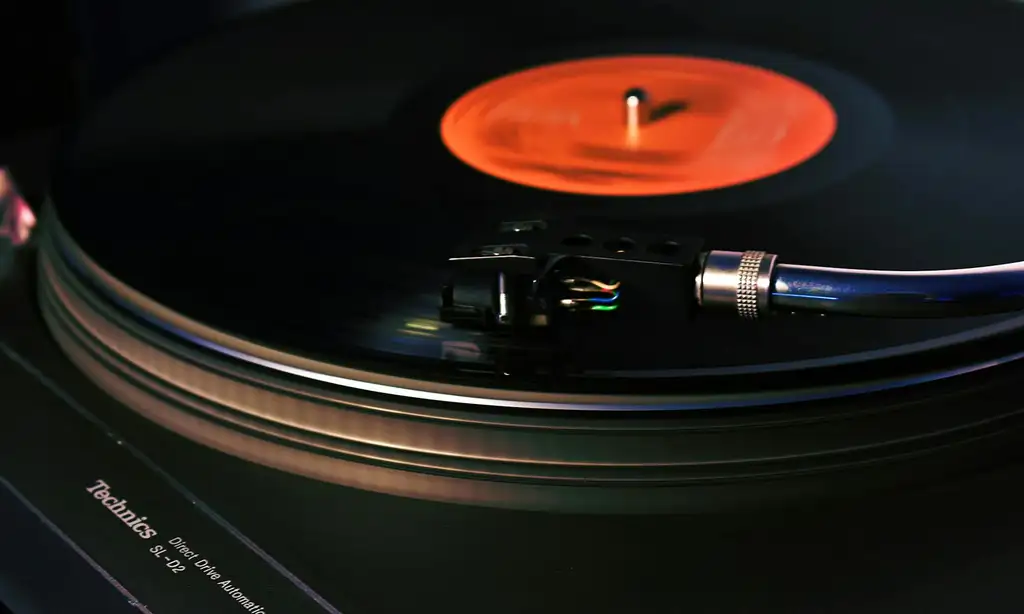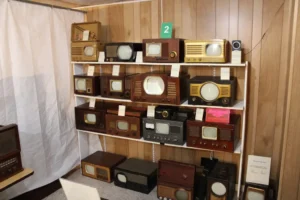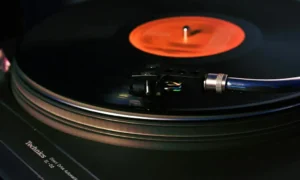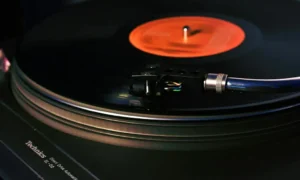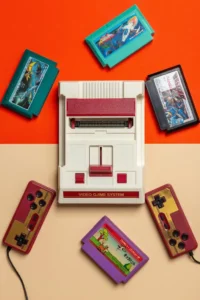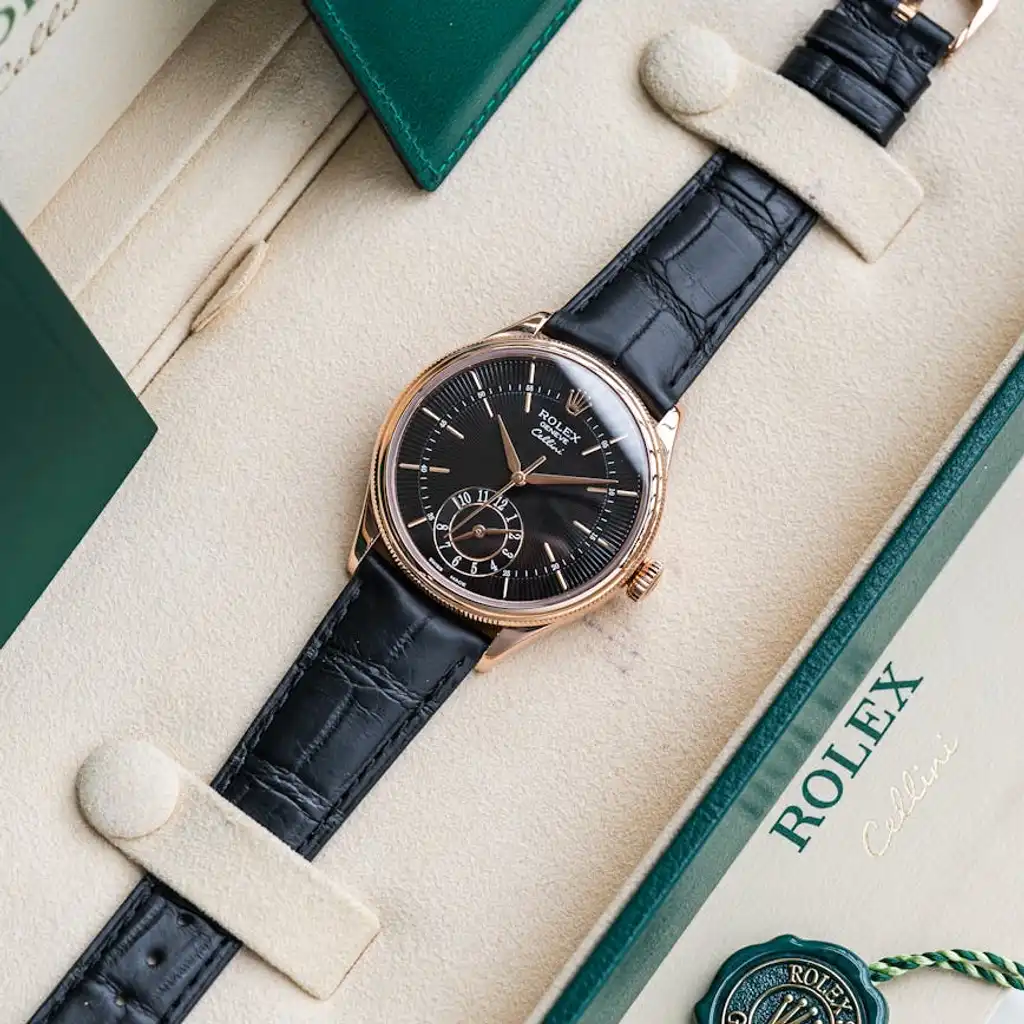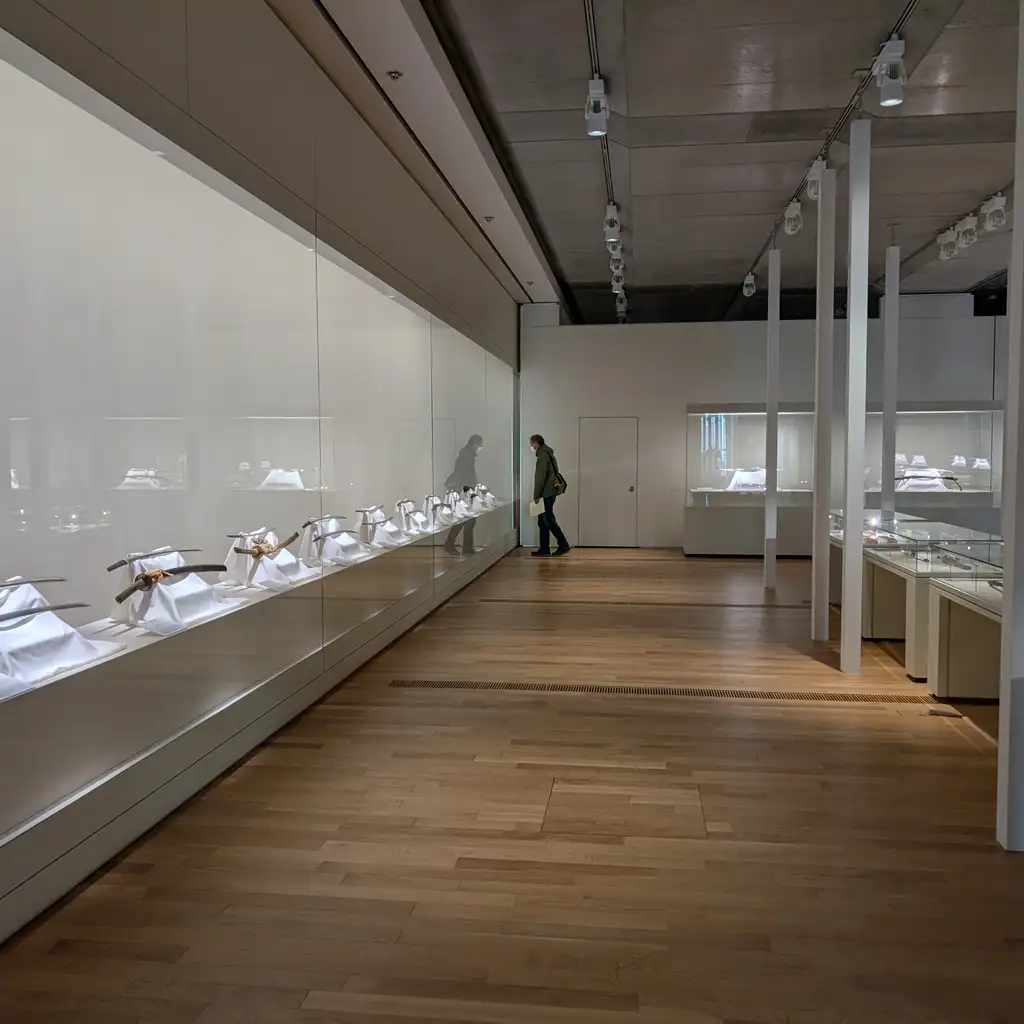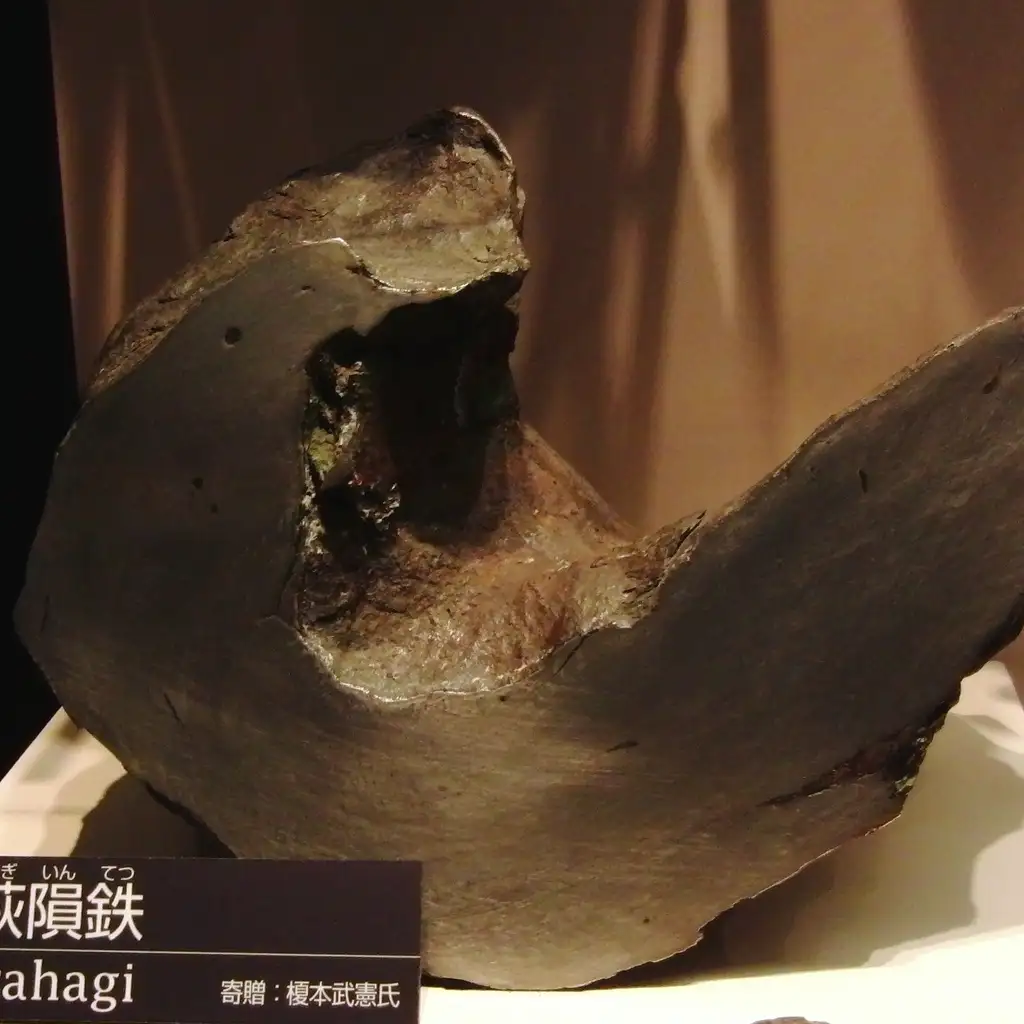Recently, a conversation with a close friend sparked a journey into the world of vintage audio systems. He had noticed the collection of classic audio setups throughout my home and expressed a keen interest in them. For me, music is an art form, and showcasing vintage audio equipment is a reflection of that passion.
My friend, who owns a Sonos system, has been dealing with its persistent malfunctions for the past six months, leading to numerous emails, phone calls, and software updates. Despite the sleek design of the Sonos S2 app, his experience has been riddled with frustration.
He remarked, “It shouldn’t be this hard,” and I wholeheartedly agreed. During their last visit, he and his wife showed curiosity about exploring vintage audio. They asked insightful questions about sourcing components, what to look for, and the potential costs involved.
When they eagerly inquired, “When do we start?” I saw it as an opportunity to help them build an affordable, high-quality audio system. I invited them over for a session I called “Vintage Audio 101,” where we toured the house and discussed the fundamentals.
Exploring Vintage Audio
We explored the differences between 2-way and 3-way loudspeakers, sealed versus ported designs, and various loudspeaker technologies and brands. We also covered power specifications and their implications.
When it came to receivers and amplifiers, we decided against tube components due to their young sons’ curiosity. Safety is crucial, especially with vintage gear that often lacks protective covers.
Choosing the Right Components
We focused on solid-state receivers, specifically the Marantz 2245 and Harman Kardon 730, both mid-1970s models known for their excellent sound quality. My friend was surprised that 40 watts could fill a room at conversational volumes, agreeing that 40-60 watts was ideal for their needs.
Discussing current prices, he was shocked by the Marantz’s value, reflecting its scarcity and demand. However, the Harman Kardon models remain more accessible.
Finding the Perfect Speakers
We visited their home to assess the room for the new system. It was spacious but posed challenges with window placements. We needed speakers that fit both the space and aesthetic.
Fortuitously, we found a pair of Design Acoustic PS-10 loudspeakers locally. These 3-way speakers with a downward-firing woofer were a perfect match for the room, despite their depth posing a potential setup challenge.
Building the System
We acquired the speakers from a fellow vintage audio enthusiast, reinforcing the importance of community in this hobby. Returning to their home, we assembled the system with a Harman Kardon 730 receiver and a Technics SL-1700 turntable.
Replacing the Sonos speaker with these components was satisfying. We added an Amazon Echo Input for streaming, though I recommended a Dongle DAC for enhanced sound quality in the future.
Enjoying the Music
Witnessing my friends and their children experience a vintage audio system in their home was rewarding. I guided them through the Harman Kardon receiver’s features, allowing them to adjust settings and immerse themselves in the music.
Mission accomplished. I’m grateful to Scott for parting with the Design Acoustic PS-10s and for the opportunity to connect with another vintage audio enthusiast. Community plays a significant role in this journey, and you never know who you’ll meet along the way.
